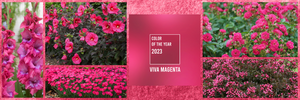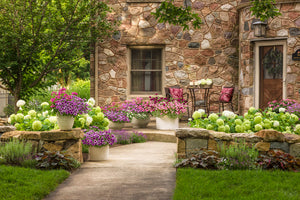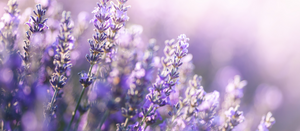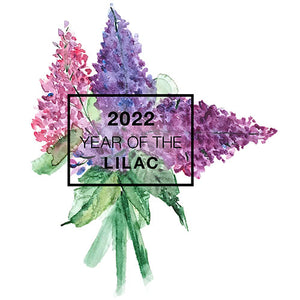Lilacs are among the most carefree spring-flowering, multi-stemmed, deciduous shrubs (or small trees), well-loved for their toughness, reliability, and fragrance.
Overview and History
Clusters of small, four-lobed flowers are borne in conical to narrow pyramidal clusters (panicles) up to eight inches long that stand out from the green heart-shaped leaves.
Carl Linnaeus first described the lilac genus, Syringa, in 1753. The name is derived from the ancient Greek word syrinx, meaning pipe or tube. The stems of the common lilac have a spongy pith that can be removed, leaving hollow tubes that were used to make pan-pipes.
Syringa vulgaris, the common (vulgaris) lilac, originated in southeastern Europe; other species came from Western Asia. The French imported lilacs and developed many new varieties that made their way to North America.
Lilac blooms go far beyond every imaginable shade of lilac/purple from very pale to very dark. Look for lilacs in hues of red, pink, blue, yellow, cream and white—even picotee (white-edged, deep purple ‘Sensation’). The color may change from bud to bloom and as the flowers mature. Individual flowers can be single or double.
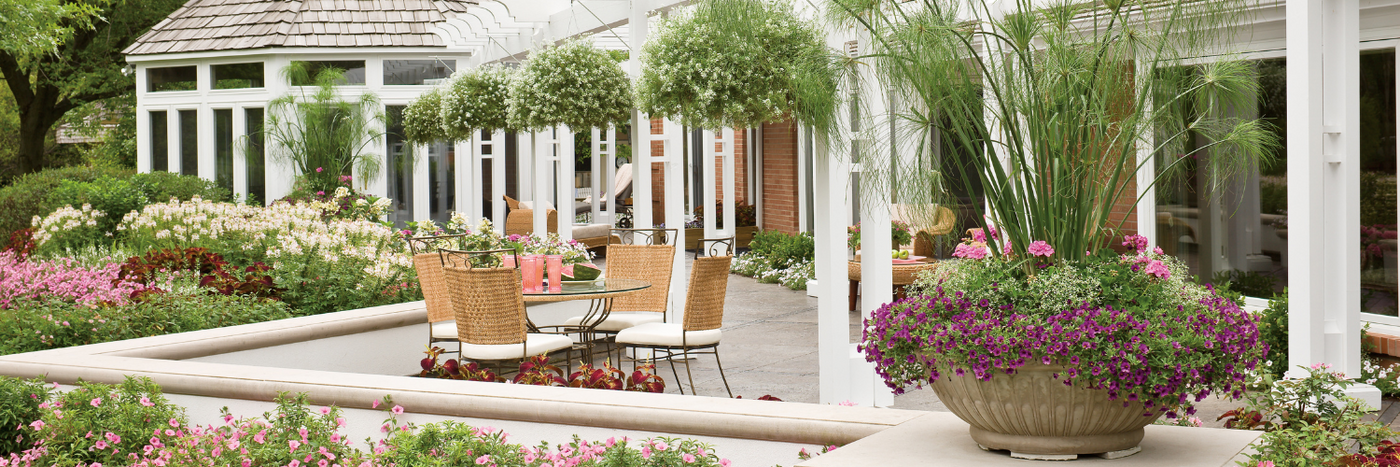
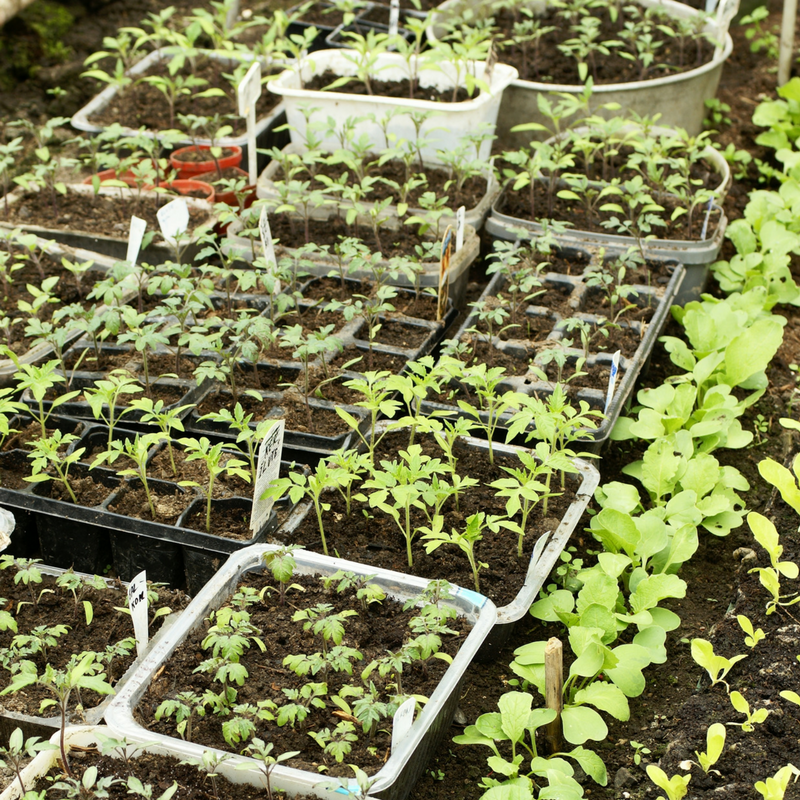
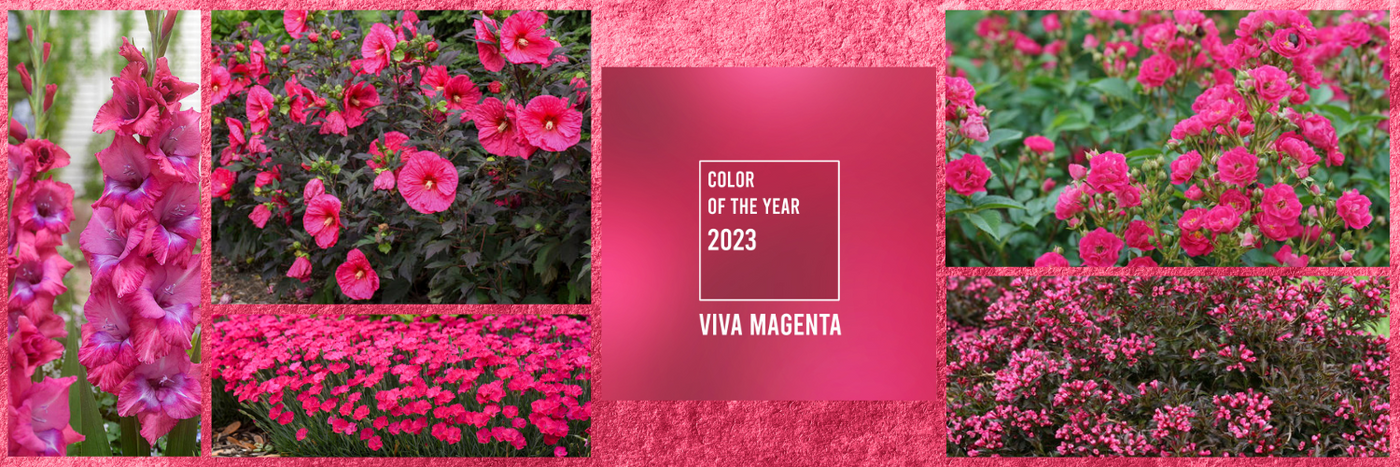











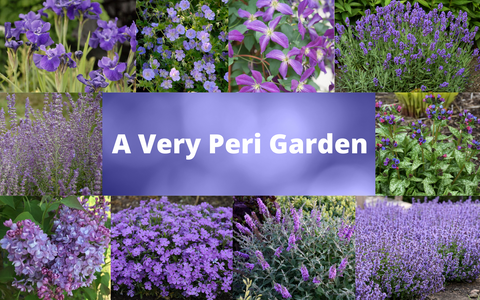
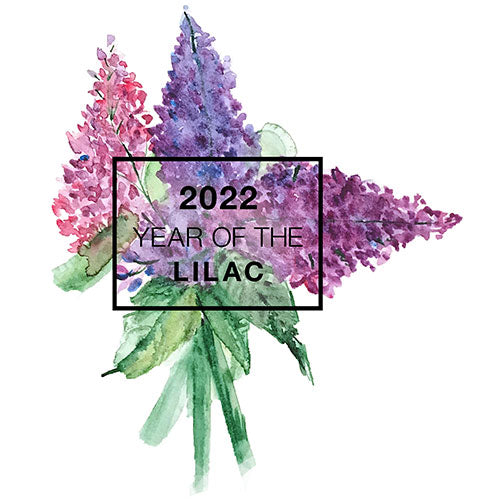

 New and Unique Lilac Varieties
New and Unique Lilac Varieties


